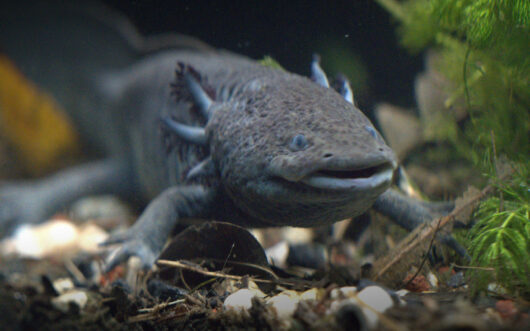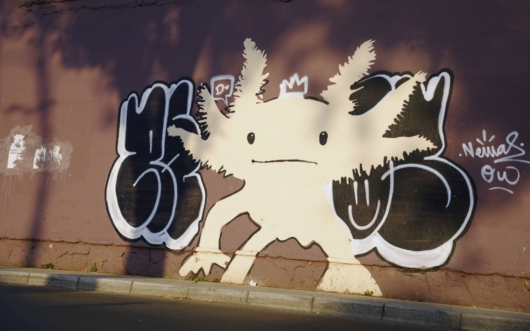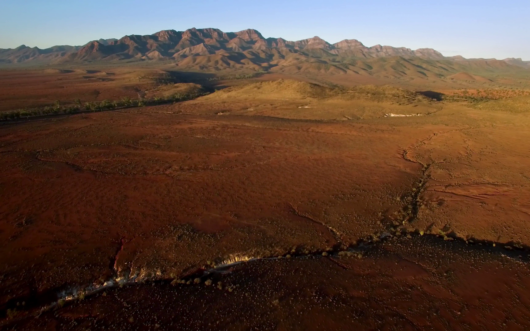Bring biodiversity, axolotls, and community-driven conservation into your classroom.
Explore how scientists, farmers, fishers, and even Dominican nuns are working to save Mexico’s endangered salamanders—the axolotl and the achoque—by restoring habitats and engaging local communities. This educator guide supports classroom discussion, NGSS-aligned learning, and hands-on opportunities for student engagement.
GRADES
9 – 12+
SUBJECTS
Biology, Storytelling, Ecology, Genetics
Episode Overview
Salamander of the Gods highlights efforts in Mexico to save two endangered amphibians—the iconic axolotl of Xochimilco and the lesser-known achoque of Lake Pátzcuaro. Once abundant, both species have declined due to habitat loss, pollution, and invasive species. The film follows researchers, farmers, fishers, and even Dominican nuns as they collaborate to restore wetland habitats, breed salamanders in captivity, and engage local communities in conservation.
Discussion Questions
- (Before the film) How might changes in an environment (whether natural or human-caused) cause some species to decline?
- Why are there so many axolotls in captivity, and how might we restore the wild population with captive individuals?
- As a population of a species decreases, so does its genetic diversity. Why might losing genetic diversity be detrimental, and how can captive breeding efforts help counteract this?
- What might changes in the axolotl and achoque populations indicate about the overall health of their ecosystems? What other species might function as “indicator species” for ecosystem health?
- Collaboration between different people and groups is essential for effective conservation. Describe some specific examples of collaboration in the film and how they have been successful.
Key Concepts
- Invasive Species: Life forms indigenous to a region – known as native species – have over time reached an equilibrium in their predator-prey and other interactions, resulting in a balanced ecosystem. Invasive species upset this balance. These include invasive pests like the spotted lanternfly and red fire ant that expand into territories where they don’t have natural predators.



